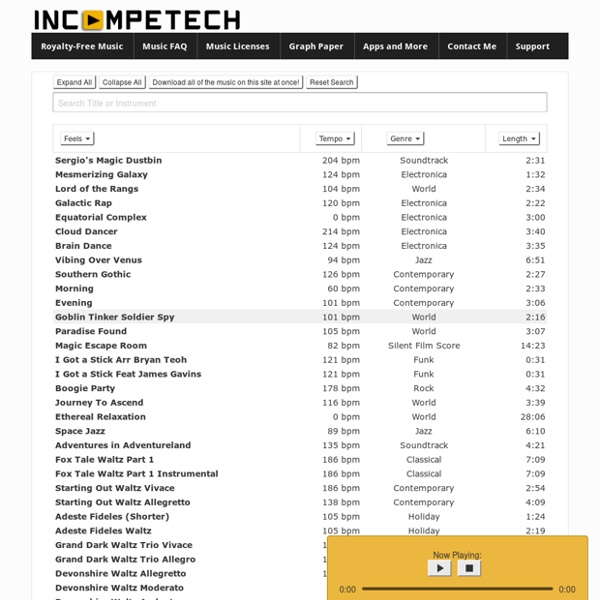Zoom
Trash
Related: Teacher
- Sitographie



https://incompetech.com/music/royalty-free/music.html
Related: Teacher • SitographieDot Card Games – Young Mathematicians Dot cards are a deck of fun cards with different numbers of dots organized in many ways. Dot cards help children practice important early math skills: reciting number words in the correct order, counting with one-to-one correspondence, cardinality, subitizing, and recognizing written numerals. There are lots of ways to play with dot cards! Have children place tokens on top of card dots and count them one-by-onePut out 6-10 dot cards and ask children to find two cards that have the same number of dots on them (Match the Dots)Hold up a dot card for just a few seconds, hide it, and ask children to say how many dots were on that card (Quick Images)
Fraction Talks My original blog post on Fraction Talks can be found here. Fraction Talks are a built around classroom talk and student action. These two principles guide the teacher’s questions, disposition, and facilitation of the activity. They can be become a daily routine, or used for entire lessons. The Maze Hundreds Chart - Steve Wyborney's Blog: I'm on a Learning Mission. The Maze Hundreds Chart is a resource that is surprisingly powerful and leads to some very unexpected learning opportunities. Much like The Animated Multiplication Table, this is a free, downloadable resource that will cause you to see an old, familiar chart in some new and surprising ways. Watch the video, download the interactive resource, and then take a look at the next blog post which will feature a variety of types of questions which you may never have been able to ask your students before seeing this resource. NOTE: Because this is a triggered PowerPoint document, it will need to be played in PowerPoint in order to have the interactivity shown in the video. Click here to download The Maze Hundreds Chart Update!
Traffic Lights This month's new game was designed to be just about the most accessible game imaginable. I wanted a game which could be explained in a few seconds, and which would take less than five minutes to play. There was a further requirement that it should not require any fancy equipment. Finally, of course, it should be non-trivial to play. Mysite Public speaking and leadership... Did you know that Mathematics can be found hidden in both of these? Find out how in Thomas Moore's keynote titled 'Hidden Figures' which he gave at the District 73 Toastmasters Conference in May, 2019.
Daily Activities or Choice Board Template for Google Slides This new template for Google Slides for education is for you to use for daily activities or to create a choice board for your students. Choice boards have been a life saver for me, I am not an educator myself, and sometimes I run out of ideas or activities for my daughter to work on during this very particular time where we are confined home. And I must give a HUGE shout out to Karly Moura because, among a million things, she created the eLearning 4 everyone site, filled with goodies for educators and parents! Thank you so much Karly! Parallel by Simon Singh Noun: Parallelogram Pronunciation: /ˌparəˈlɛləɡram/ a portmanteau word combining parallel and telegram. A message sent each week by the Parallel Project to bright young mathematicians. Welcome to the first of our Parallelograms designed for Year 7 students, a collection of mathematical challenges designed to stretch your brain and make your neurons more squiggly.
You Down With WODB? Yeah You Know Me! “Which One Doesn’t Belong?” Sounds like a simple proposal, right? When presented with a group of four similar “things,” is it truly easy to answer that question? Thanks to the following people, my classes were able to face this challenge: All of my amazing PLN at #MTBoS, Christopher Danielson (@Trianglemancsd), Mary Bourassa (@MaryBourassa), Alex Overwijk (@AlexOverwijk), Andrew Gael (bkdidact) and @WODBMath, as well as these sites and blog posts: WODB Website, Steve Wyborney’s Blog Post, Alex Overwijk’s Blog Post Part 1 , Alex Overwijk’s Blog Post Part 2 , and Alex Overwijk’s Blog Post Part 3.